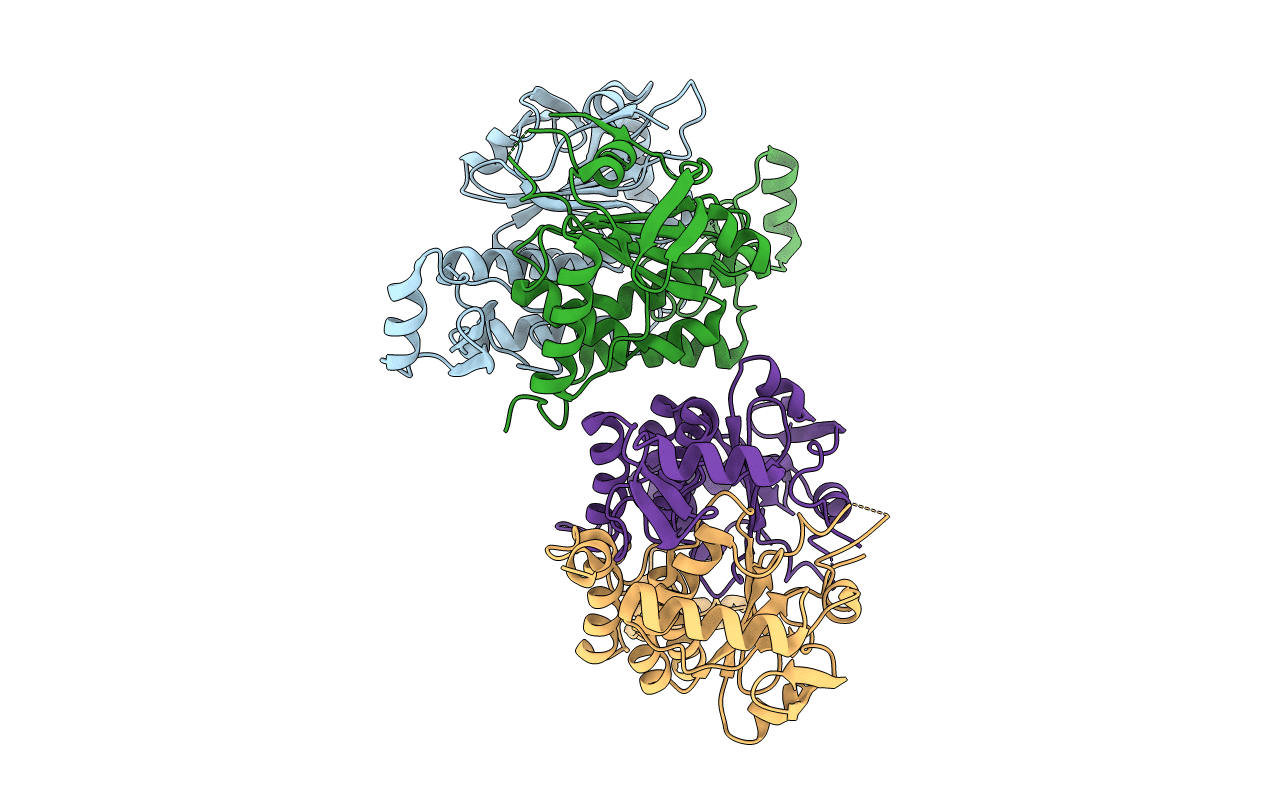
Deposition Date
2017-03-21
Release Date
2018-01-31
Last Version Date
2024-10-23
Entry Detail
Biological Source:
Source Organism:
Host Organism:
Method Details:
Experimental Method:
Resolution:
2.51 Å
R-Value Free:
0.30
R-Value Work:
0.21
R-Value Observed:
0.21
Space Group:
P 1 21 1


